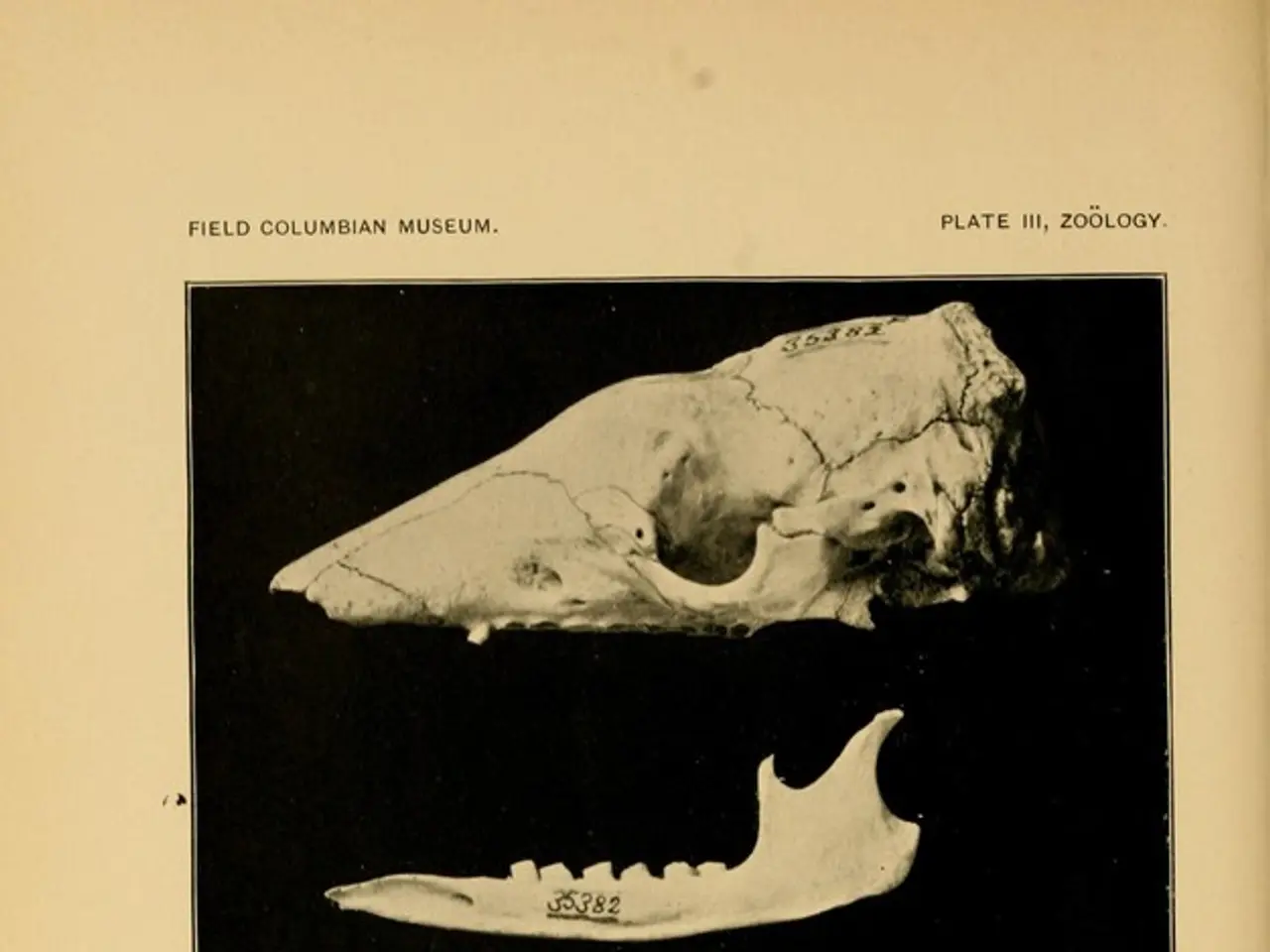Ewing sarcoma survival statistics: Variation by age and additional factors
Ewing sarcoma (ES) is a rare type of cancer that primarily affects the bones or the soft tissues surrounding the bones. This disease is most commonly diagnosed in children and young adults, though it can also develop in older individuals.
The 5-year survival rate for Ewing sarcoma varies depending on several factors, including the stage of the disease at diagnosis. For children with localised ES, the 5-year survival rate is approximately 70-75%. For adults, the survival rate tends to be lower, typically around 50-60% for localised disease. When ES has metastasised (spread) at diagnosis, survival rates drop significantly, generally to about 20-30% for 5-year survival [2][3].
Key factors affecting prognosis in Ewing sarcoma include the metastatic status at diagnosis, response to systemic chemotherapy, tumor location and size, patient age, genetic and molecular characteristics, treatment modalities used, and early diagnosis and treatment [1][2][3].
Symptoms of ES can include pain, swelling, stiffness, fever, appetite loss, weight loss, fatigue, numbness, tingling, paralysis, and incontinence. Early diagnosis and treatment are crucial for improving the outlook for individuals with ES.
In general, 79% of children aged 0 to 14 years who receive a diagnosis of ES will be alive 5 years after their initial diagnosis. However, around 50% of children with ES have metastatic cancer at the time of diagnosis. Compared to adults, young children are less likely to have metastatic cancer at the time of diagnosis [4].
Factors that can improve the outlook for individuals with ES include early diagnosis and treatment, multimodal treatment, and not experiencing a relapse following initial treatment. However, there are conflicting reports regarding whether the survival rate for ES is worse for adults than for children [5].
It's important to note that late relapses of ES can occur and typically present within 5 years of the initial diagnosis. Following treatment for ES, around 10% of people may experience a recurrence of the disease. A 2018 study found that people over the age of 18 had a significantly lower survival rate compared to younger individuals [6].
ES tends to develop in the long bones, particularly those of the lower extremities, but can also occur in other parts of the body such as the pelvis, trunk, chest wall, upper extremities, spine, hand and foot, and skull. Around 30% of ES cases occur in people over the age of 20 [4].
For those who experience a relapse, they may not be able to take the same chemotherapy drugs they received after their initial diagnosis. This underscores the importance of early diagnosis and effective treatment to prevent relapse.
In summary, while Ewing sarcoma can be a challenging disease, advancements in treatment and understanding of the disease have improved the outlook for many individuals. Early diagnosis, effective treatment, and ongoing research are crucial for continuing to improve the prognosis for those living with ES.
References:
- National Cancer Institute (2021)
- American Cancer Society (2021)
- St Jude Children's Research Hospital (2021)
- Children's Cancer and Leukaemia Group (2021)
- Mayo Clinic (2021)
- The Lancet Oncology (2018)
- Despite advancements in science and medical-conditions research, the survival rate for adults diagnosed with Ewing sarcoma (ES) is typically lower than that of children, even with treatments like Pfizer's proton therapy.
- It's not uncommon for patients with metastatic Ewing sarcoma to have their therapy options blocked due to the disease's spread, which greatly impacts their health-and-wellness and mental-health.
- In the battle against Ewing sarcoma, the healthcare industry emphasizes the importance of early diagnosis and treatment for all affected individuals, regardless of age, as it significantly improves the survival rate, especially in breast-cancer patients.
- When dealing with the mental-health challenges that come with surviving and thriving post-ES diagnosis, health-and-wellness practitioners recommend various therapy methods to combat stress, anxiety, and depression.
- Seminal studies, such as the one published in The Lancet Oncology in 2018, indicate that the survival rate for ES is worse in adults than in children, suggesting a need for further research and innovative treatments to improve health-and-wellness outcomes for all ES patients.




